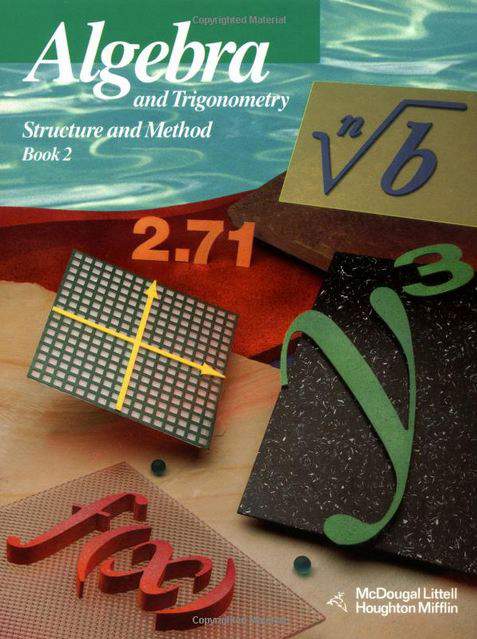Connecting...

This is a quick preview of the lesson. For full access, please Log In or Sign up.
For more information, please see full course syllabus of Algebra 2
For more information, please see full course syllabus of Algebra 2
Algebra 2 Circles
Lecture Description
A circle is the set of points in the plane equidistant from a given point, called the center. A radius is a segment with endpoints at the center and a point on the circle.The circle is defined by its radius and center, so if you know these values, you can write the equation of a circle, and you can also graph it. In this lesson you'll learn about the standard form of the equation of a circle, and how to graph it. Note to use symmetry to help you graph a circle. Review completing the square and do so to put the equation of a circle in standard form.
Bookmark & Share
Embed
Share this knowledge with your friends!
Copy & Paste this embed code into your website’s HTML
Please ensure that your website editor is in text mode when you paste the code.(In Wordpress, the mode button is on the top right corner.)
×
Since this lesson is not free, only the preview will appear on your website.
- - Allow users to view the embedded video in full-size.
Next Lecture
Previous Lecture









































 Carleen Eaton
Carleen Eaton Grant Fraser
Grant Fraser
 Answer Engine
Answer Engine



1 answer
Sun Feb 11, 2018 9:45 PM
Post by Peggy Chen on July 20, 2017
Hi. For the last example. I think there can be two answers.
(X-1)^2+(Y-6)^2=36
(X-1)^2+(Y+6)^2=36
as the center could be both above and below the x axis
1 answer
Sat Apr 19, 2014 12:47 AM
Post by Robert Monett on March 31, 2014
How do you which quadrants to plot the points. Couldn't the circle be below the x axis?
1 answer
Sun Mar 11, 2012 7:28 PM
Post by Jeff Mitchell on March 9, 2012
In the "Center not at origin" lecture section, I believe you forgot to square the (y-2) part of the equation at the bottom right side of the slide presentation.
1 answer
Mon Nov 7, 2011 8:40 PM
Post by Jonathan Taylor on November 4, 2011
(x-1)squared+(Y-3)SQUARED 3SQUARE IS 3*3=9 ARE AM I CONFUSED BY THE FORMULA
1 answer
Thu Oct 13, 2011 8:54 PM
Post by Manuela Fridman on October 9, 2011
Can you please explain how you put the other 2 points on the graph after you plotted (1,3) in example:circle. Also is there a way for us to reach the teacher better because i notice it takes weeks for anyone to respond.
1 answer
Fri Aug 12, 2011 6:57 PM
Post by Lee Fulton on July 29, 2011
Your demonstration was impeccable! I have chosen certain lectures from you in preparation for my GRE's to enter Temple University! Thanks! This was much better than that boring GRE Manual!
Lee
0 answers
Post by aloosh aloosh on March 20, 2011
help please how can we say in the last example that circle is tangent to two points on the x axis i think unless the circle tangent to the lines x=7 x=-5 not the x axis any one know if there is a mistake in the example ???? other wise the points could be at the bottom of the circle and not the diameter
0 answers
Post by Mohammed Jaweed on August 18, 2010
Great teaching style,
Way better than my teacher.
I like the step by step explanations and examples. Very productive lecture.
Thanks